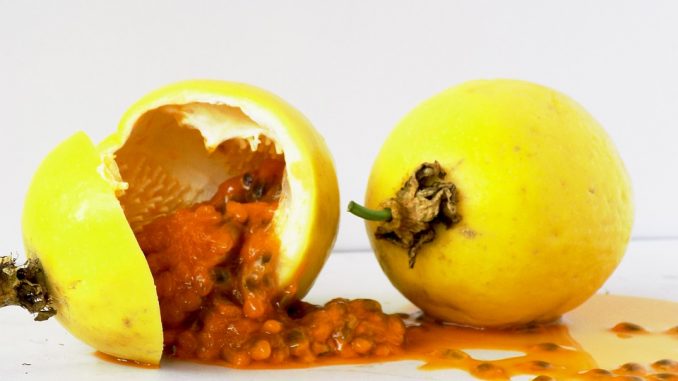
A recent CNN article has helped promulgate the latest health criticism over juicing, namely that when you juice your fruits and vegetables, you’re removing nutrients from the produce. We’ve discussed this issue in the past, but it’s worth revisiting. This claim is technically true but the whole truth isn’t nearly as simple or as damning as this sound bite. So, let’s take a minute to review what this claim is all about.
Soluble Fiber vs Insoluble Fiber
Soluble fiber dissolves easily in water as well as gastrointestinal fluids. As it makes its way through the digestive system this absorption slowly transforms the fibrous material into a gel which can then be digested in the large intestine, where it also works to form and release gas from the GI system. In addition to this cleansing effect, the gel-like substance created by soluble fiber gives you a feeling of fullness for longer periods of time, which is beneficial in weight management.
Insoluble fiber passes through your gut mostly undigested and increases the pace with which other foods pass through digestive system. Nevertheless, this type of fiber also cleans the gut and provides other health benefits that does, indeed, make it an essential nutrient. However, insoluble fiber is still only one nutrient, and more than that, many people find that they already do a fair-to-good job of getting enough insoluble fiber in their diet. If not, they can often do so by making minor changes to their diet.
Increasing the amount of soluble fiber in your diet is often a different story that requires a concerted effort to add more items from the list of foods high in soluble fiber. Many of these foods are popular raw ingredients for juicing. In fact, the desire to add more soluble fiber in one’s diet is often the impetus for starting a juicing habit. It doesn’t help when these people hear, without sufficient context, that fiber is actually removed when juicing.
If you like drinking your meals, but also like to get lots of insoluble fiber, you can swap out the juicer for a regular blender known for its smoothie blend setting. You can also take the leftover pulp from the juicer and put all or some portion of this pulp back into your juice. Read more about soluble vs insoluble fiber.
Fruits and Vegetable, Deconstructed
Our recommendation, which is also the recommendation of the Academy of Nutrition and Dietetics, is that instead of adding the fibrous pulp from your fruits and vegetables back into your juice, you should use it for other recipes. The pulp from your produce makes for a delicious and nutritious additive to many of your favorite baked goods, especially bread and muffins. Soups and stews are another under-the-radar possibility. After all, it’s better to help food pass through your digestive quickly and partially digested when that food is full of gluten and sugar, as well as smaller amounts of salt and fat.

Leave a Reply